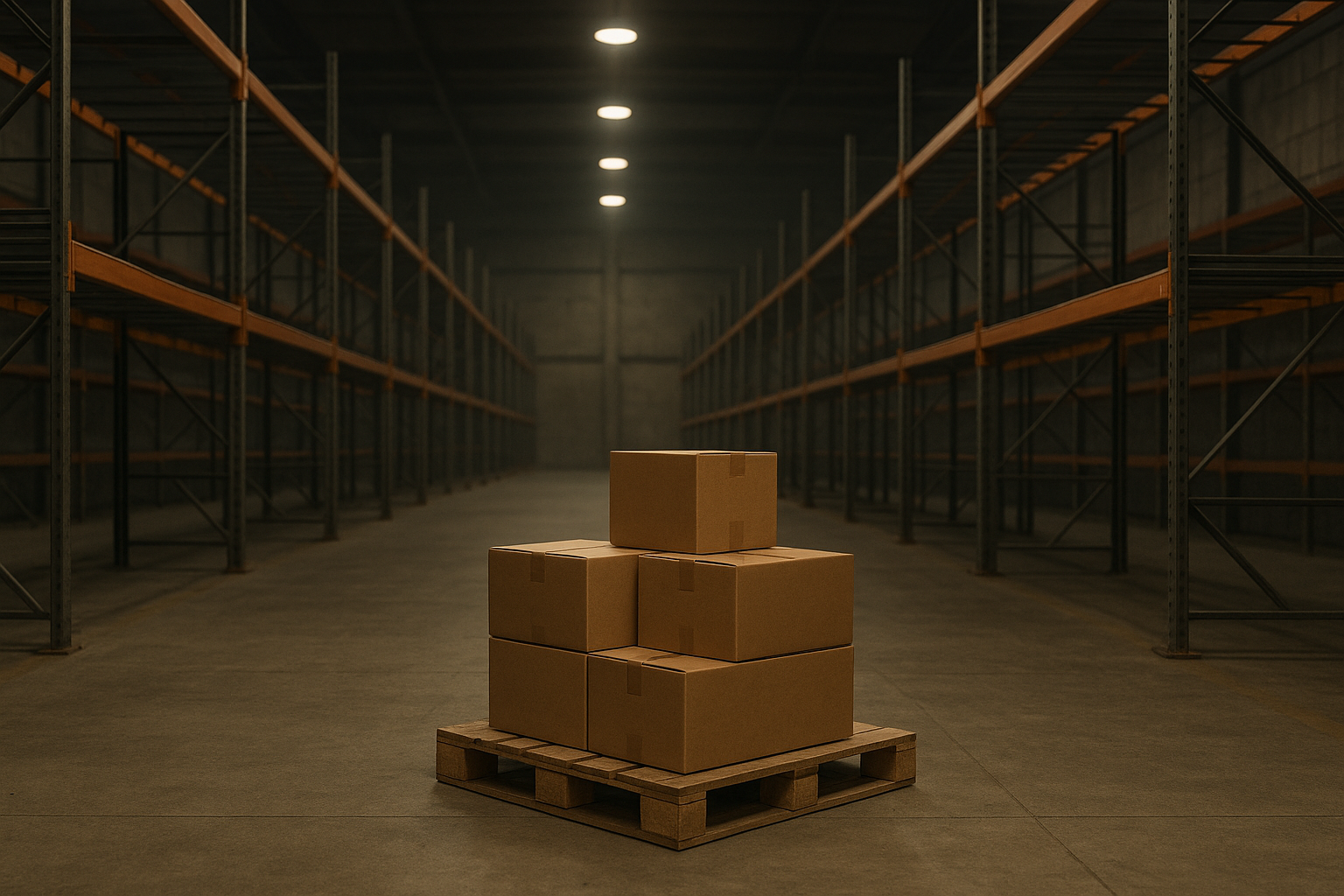Nobody gives a damn about cardboard boxes. Let's be honest. They're brown, boring, and headed straight for the recycling bin (or, let's face it, sometimes just the trash). But here's the thing – these unassuming paper products might be whispering economic secrets that Wall Street's finest are missing.
When Bloomberg recently reported that cardboard box sales have crashed to their lowest second-quarter levels since 2015, I sat up and took notice. Because in my fifteen years covering economic indicators, I've learned that sometimes the least glamorous metrics tell the most honest stories.
It's simple, really. Stuff moves in boxes. Less boxes? Less stuff moving. And that's exactly what we're seeing right now.
The Box Theory You've Never Heard Of
I spoke with three supply chain analysts last week who all confirmed what I've suspected: cardboard doesn't lie. Before iPhones reach eager hands, before medication makes it to pharmacy shelves, before that regrettable late-night Amazon purchase arrives at your door – virtually everything takes a ride in corrugated cardboard first.
"It's the unsung hero of economic measurement," said Marcus Reynolds, a logistics consultant I've known since covering the 2008 crash. "When we saw box demand plummet in late 2007, we knew something bad was coming. The market didn't catch up until months later."
The pattern is weirdly consistent. Box demand dropped before the 2001 recession too. And remember the COVID boom in online shopping? Cardboard manufacturers couldn't keep up with demand.
The data now? Frankly, it's troubling.
Behind the Brown Paper Curtain
So what's causing this cardboard collapse? The simplest explanation is that people are buying less stuff. Period.
But it's more nuanced than that. (Isn't it always?)
Trump's tariff wars have absolutely played a role. When import costs rise, companies order less inventory, ship fewer products, and—you guessed it—need fewer boxes. It's economics 101 playing out in corrugate form.
There's also the massive inventory correction happening in retail. After the supply chain nightmares of 2021-22, everyone over-ordered everything. Target, Walmart, even your local boutique – they've all been sitting on too much inventory. Now they're finally working through it, ordering less, and... needing fewer boxes.
I visited a major distribution center in Ohio last month. The facility manager (who asked not to be named because he wasn't authorized to speak to press) showed me empty racks that would normally be packed with product.
"We're moving maybe 60% of what we did this time last year," he told me. "The trucks are lighter, the orders are smaller."
The Sustainability Wildcard
Now, this is where it gets interesting—and where simplistic doom-and-gloom narratives fall apart.
Some portion of this decline might actually be... intentional? And potentially good?
Major retailers have been on a packaging diet lately. Amazon (love 'em or hate 'em) has eliminated over 1.5 million tons of packaging material since 2015. Walmart's been shrinking box sizes. Even Apple, with their borderline fetishistic packaging, has slimmed down their boxes.
"We're seeing a 15-20% reduction in corrugate usage that has nothing to do with sales volume and everything to do with sustainability mandates," said Elena Patel, a packaging consultant I interviewed for this piece.
So the cardboard story isn't just economic—it's environmental too. Which makes interpreting the data trickier.
Warning Signs Beyond the Box
Look, if it were just cardboard acting weird, I'd probably write this off as a sector-specific blip. But it's not.
The yield curve is still inverted. Manufacturing indexes have been contracting. Temporary hiring (another reliable leading indicator I've tracked for years) has been slowing. Consumer confidence is wobbly at best.
And now cardboard is waving red flags too.
What makes these "peripheral indicators" so valuable is precisely that they're not in the spotlight. They represent real economic activity without the distortion that comes when metrics become targets. Nobody's manipulating cardboard box data to please shareholders or win elections.
The boxes just are what they are—either filled with goods or... not.
So What Now?
Should you panic? Nah. Economic cycles happen. We've weathered worse.
Should you pay attention? Absolutely.
The cardboard box industry isn't sexy enough to make CNBC graphics or presidential debate talking points. But it's woven into the fabric of our economy in ways that make it impossible to fake good news.
When boxes move, the economy moves. When they don't... well, that's when things get interesting.
I'll be watching the Q3 numbers closely. If box demand doesn't recover, it might be time to rethink those rosy "soft landing" scenarios everyone seems so attached to.
Sometimes the most important economic signals come in plain brown packaging.
